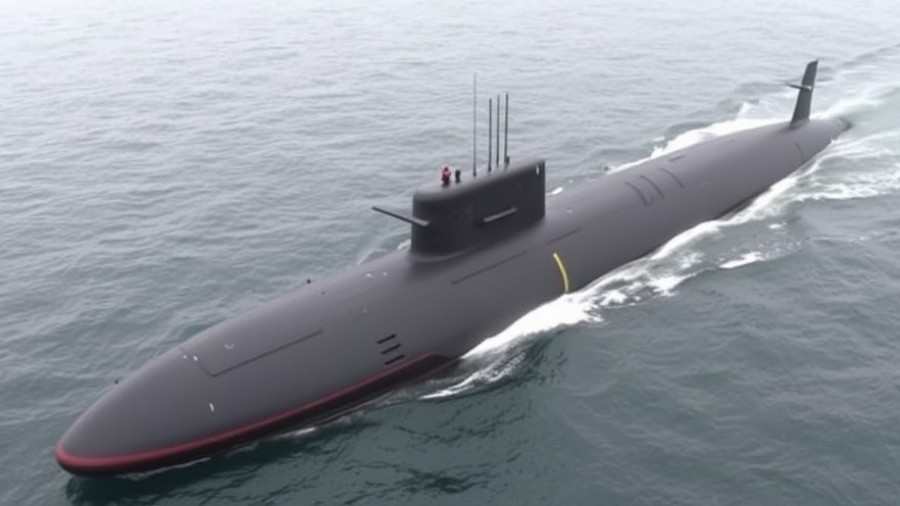
The Shift from Mil Helicopters to Black Hawks in Central and Eastern Europe
In a notable shift emblematic of changing airlift dynamics across Europe, several nations in Central and Eastern Europe are eagerly replacing their aging Mil helicopters with more modern Black Hawk helicopters from the United States. This transition signals not only operational updates but also a broader commitment to enhancing military readiness in a region historically influenced by Russian technology.
Understanding the Transition
The Helicopter Alliance, comprised of six entities from the Czech Republic, Slovakia, and the United States, is spearheading this significant procurement effort. At a recent conference held in Prague, they revealed plans to acquire between 40 to 60 second-hand Black Hawks from the US Army, specifically aimed at revitalizing European military infrastructures.
Legacy Mil Helicopters: A Legacy of Limitations
The Mil helicopters currently in operation face numerous challenges. Some of these aircraft are relics from the 1980s, including the Mil Mi-17 and Mi-8, which are becoming increasingly difficult to maintain due to limited parts and the lack of support from their original manufacturers. A spokesperson from the Helicopter Alliance emphasized the operational issues as a driving factor behind this transition, citing maintenance problems that hinder these aircraft's effectiveness.
Why Black Hawks?
The UH-60 Black Hawk has long been celebrated for its versatility and reliability. Armed forces in Croatia, Lithuania, Poland, Romania, and Slovakia have already begun integrating these helicopters into their fleets, recognizing their superior capabilities for air assault, general support, and medical evacuation missions. By adopting Black Hawks, Central and Eastern European nations hope to fortify their airlift capabilities and ensure they meet NATO standards, showcasing a collective move toward modernized military operations.
Building a User Community
A critical aspect of this transition is the establishment of a cohesive user community around the Black Hawk. The Helicopter Alliance's partnership with Ace Aeronautics, which has become an authorized support center for Black Hawk maintenance, illustrates a concerted effort to build expertise locally. This will not only help streamline logistics but also facilitate ongoing training initiatives for European pilots and maintenance personnel.
Logistical Challenges Ahead
While the benefits of acquiring Black Hawks appear substantial, the logistics of training European pilots in the United States present their own set of challenges. Pilots accustomed to flying in American conditions may find it difficult to adapt back to the variable weather and operational scenarios in Europe. It’s a nuance highlighted by Nigel Amphlett of HeliOps, who emphasized the importance of localized training for enhancing operational readiness.
The Influence of Global Supply Chains
With a global supply chain capable of sourcing parts from various locations, the management of training and support must be meticulously planned. The Helicopter Alliance is clearly aware of these logistical hurdles and is gearing up to navigate the complexities involved with international training and support systems, aiming to cultivate self-sufficient operational communities in Europe.
Looking Ahead: Implications for Regional Security
The shift from Mil helicopters to Black Hawks isn’t just an aviation upgrade; it represents a strategic repositioning in the face of evolving security challenges in Eastern Europe. By enhancing connectivity and interoperability among regional air forces, these countries are taking proactive steps to bolster their defense capabilities.
As this transformation unfolds, observers will be keen to see how quickly these nations can integrate the Black Hawk into their operations and whether training hurdles can be efficiently addressed. The future of air mobility in Central and Eastern Europe appears poised for a significant facelift, steering away from historical dependencies and moving towards modern, integrated solutions.
Your Voice Matters
As nations across Central and Eastern Europe transition to modern military equipment like the Black Hawk, the implications for regional security and military preparedness will be profound. Stay informed about these developments, as they may shape not just military policy but also how nations collaborate in times of crisis.
 Add Row
Add Row  Add
Add 




Write A Comment